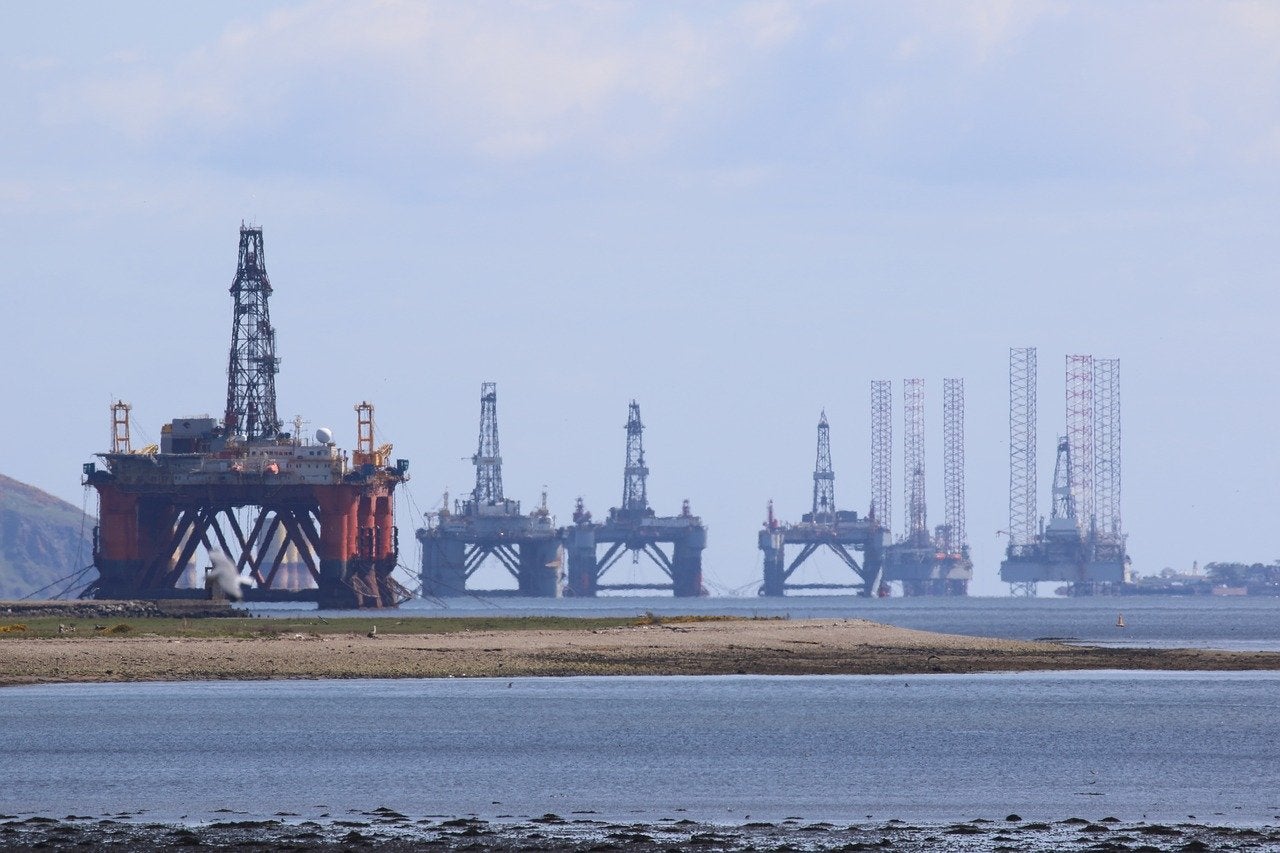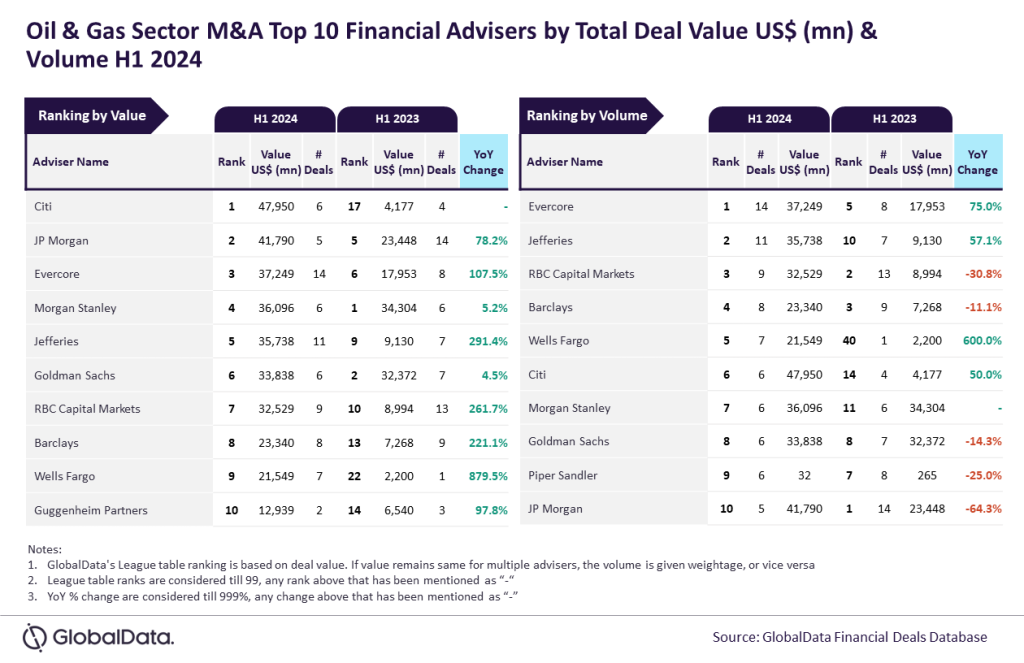
Oil prices increased to the highest since February 2019 after the world’s biggest oil exporter, Saudi Arabia, agreed to reduce its production to more than expected at a meeting with other producers.
The prices were supported by the industry figures that showed crude stockpiles in the US dropped last week.
Brent crude grew as much as 0.9% to touch $54.09 a barrel while US West Texas Intermediate (WTI) futures rose as much as 0.6% to reach at $50.24 a barrel, reported Reuters.
On 5 January, Saudi Arabia agreed to make extra voluntary oil production cuts of one million barrels per day (Mbpd) in February and March, following a meeting with OPEC+.
The output cuts agreed by Saudi Arabia were included in a deal to persuade other oil-producing nations in the OPEC+ to maintain a steady output.
With Covid-19 cases increasing rapidly in several parts of the world, oil-producing nations are reducing output trying to support prices as fuel demand has taken a hit due to new lockdowns.
How well do you really know your competitors?
Access the most comprehensive Company Profiles on the market, powered by GlobalData. Save hours of research. Gain competitive edge.

Thank you!
Your download email will arrive shortly
Not ready to buy yet? Download a free sample
We are confident about the unique quality of our Company Profiles. However, we want you to make the most beneficial decision for your business, so we offer a free sample that you can download by submitting the below form
By GlobalDataThe news agency reported Goldman Sachs analysts stating in a note: “Despite this bullish supply agreement, we believe Saudi’s decision likely reflects signs of weakening demand as lockdowns return.”
Iran’s alleged seizure of a South Korean ship in the Gulf also supported prices. Iran, however, denied that it was holding the vessel and its crew hostage after capturing the tanker. It was seen as an act of pushing south Korea to release funds worth $7bn, which have been frozen due to US sanctions.
Industry group American Petroleum Institute (API) showed that US crude oil stockpiles dropped by 1.7 million barrels in the week to 1 January 2021 to 491.3 million barrels.






